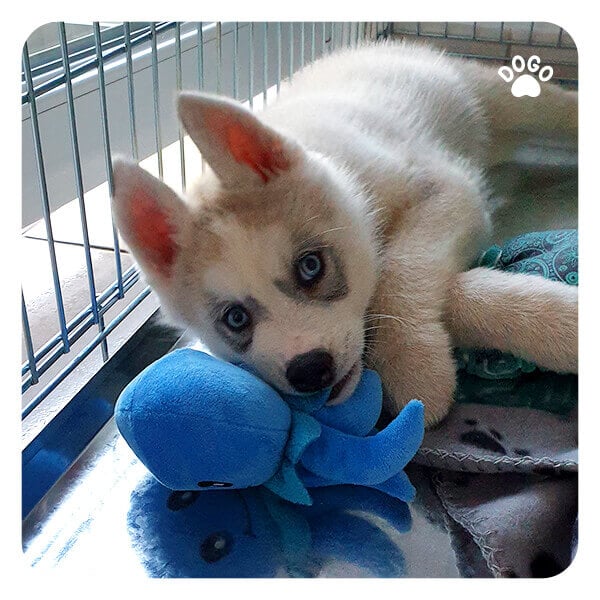 Crate training can be an effective way to help your dog feel secure, calm, and well-behaved. While some may view it as confining, when done correctly, crate training can provide a safe and cozy den for your furry friend. Whether you’ve just welcomed a new puppy into your home or you have an older dog who needs some guidance, crate training can be a beneficial tool in building a strong bond and establishing good behavior. In this blog post, we’ll explore the ins and outs of crate training and provide you with the necessary information to embark on this journey with your canine companion.
Crate training can be an effective way to help your dog feel secure, calm, and well-behaved. While some may view it as confining, when done correctly, crate training can provide a safe and cozy den for your furry friend. Whether you’ve just welcomed a new puppy into your home or you have an older dog who needs some guidance, crate training can be a beneficial tool in building a strong bond and establishing good behavior. In this blog post, we’ll explore the ins and outs of crate training and provide you with the necessary information to embark on this journey with your canine companion.
Understanding the Purpose of Crate Training
Crate training should never be about punishment or isolation. Instead, think of it as creating a safe haven for your dog. Dogs, by nature, are den animals, and a crate appeals to their instinctual need for a cozy, secure space. When introduced properly, a crate can become a place of comfort and relaxation for your dog. It also serves as an effective tool for house training, preventing destructive behavior, and keeping your dog safe when you’re not able to supervise.
Choosing the Right Crate
Before you begin the training process, it’s crucial to select the right crate for your dog. A crate should be large enough for your dog to stand up, turn around, and lie down comfortably. However, it shouldn’t be too large that it allows for potty accidents in one corner while your dog rests in another. Consider materials, such as wire or plastic, and look for a crate that is well-ventilated and easy to clean. Make the crate cozy by adding a comfortable bed or blanket, and ensure it’s located in a quiet but accessible area of your home.
Introducing the Crate
Introducing the crate to your dog is a gradual process. Start by placing the crate in a common area where your dog spends time. Allow your dog to explore the crate at their own pace. You can encourage them by placing treats, toys, or their food bowl near the crate to create positive associations. As your dog becomes more comfortable, you can start feeding them their meals in the crate with the door open. This helps them view the crate as a positive and rewarding space.
Creating a Positive Association
To help your dog build positive associations with the crate, it’s essential to make it a place of comfort and relaxation. Use positive reinforcement, such as treats, praise, and toys, to encourage your dog to enter the crate. Avoid forcing your dog into the crate or using it as a form of punishment. Gradually increase the amount of time your dog spends in the crate, ensuring that they associate it with positive experiences. Remember, patience is key during this process.
Establishing a Routine
Consistency is key in crate training. Establish a regular routine for using the crate, such as during meal times, bedtime, or when you’re away from home. This routine helps your dog understand when it’s time to enter the crate and when they can expect to come out. When beginning crate training, it’s important to start with short periods of time and gradually increase the duration as your dog becomes more comfortable. This gradual approach helps prevent anxiety and ensures that your dog views the crate as a safe and secure space.
Using the Crate Responsibly
While crate training can be a valuable tool, it’s essential to use it responsibly. Avoid leaving your dog in the crate for extended periods, especially for adult dogs. Puppies have limited bladder control, so it’s important to let them out frequently for bathroom breaks. Additionally, always ensure that your dog has access to water and is comfortable before crating them. Never use the crate as a form of punishment, and always supervise your dog when they are in the crate with toys or treats to prevent boredom.
Crate training, when done correctly, can provide numerous benefits for both you and your dog. It creates a safe and secure environment for your dog, helps with house training, and prevents destructive behaviors. Remember, every dog is different, and the time it takes for them to become comfortable with the crate will vary. Be patient, consistent, and empathetic throughout the training process. With time and positive reinforcement, your dog can come to view their crate as a comforting retreat and a valuable part of their daily routine.
[/fusion_text]

